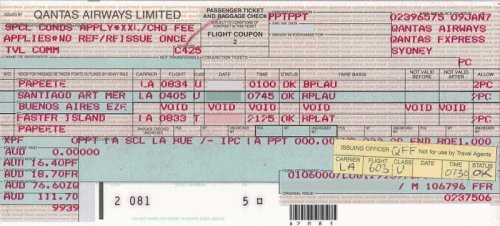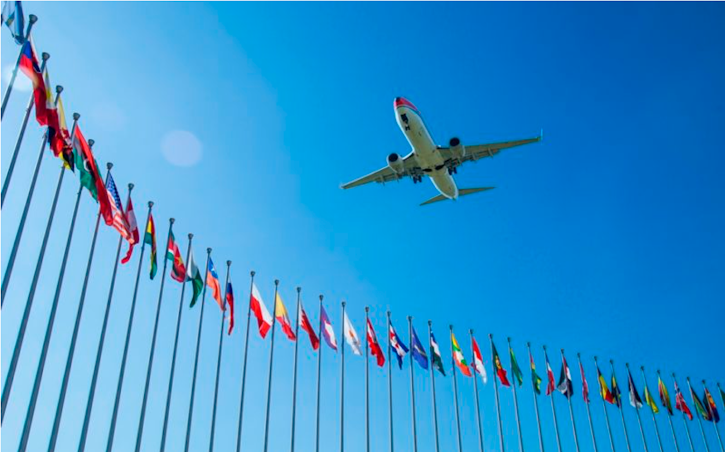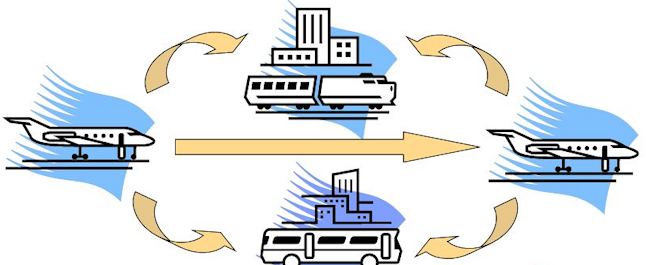Fare Basis and Booking Class

There may not be an Industry more Driven by Traditional Supply and Demand Laws. That’s why one of the fundamental practices of airline revenue management is pricing segmentation. Only offering one price point would critically hinder revenue optimisation. Therefore, Airlines select multiple price points to stimulate traffic and to obtain the optimal mix of passengers. This is done through a mechanism known as Booking Classes or Fare Basis. Fare Basis Code A Fare Basis Code (often just referred to as a fare basis) is an alphabetic or alpha-numeric code used by airlines to identify a fare type and allow airline staff and travel agents to find the rules applicable to that fare. Although airlines now set their own fare basis codes, there are some patterns that have evolved over the years and may still be in use. Airlines can create any number of booking or fare classes, to which different prices and booking conditions may apply. Fare classes are complicated and vary from airline to airl





